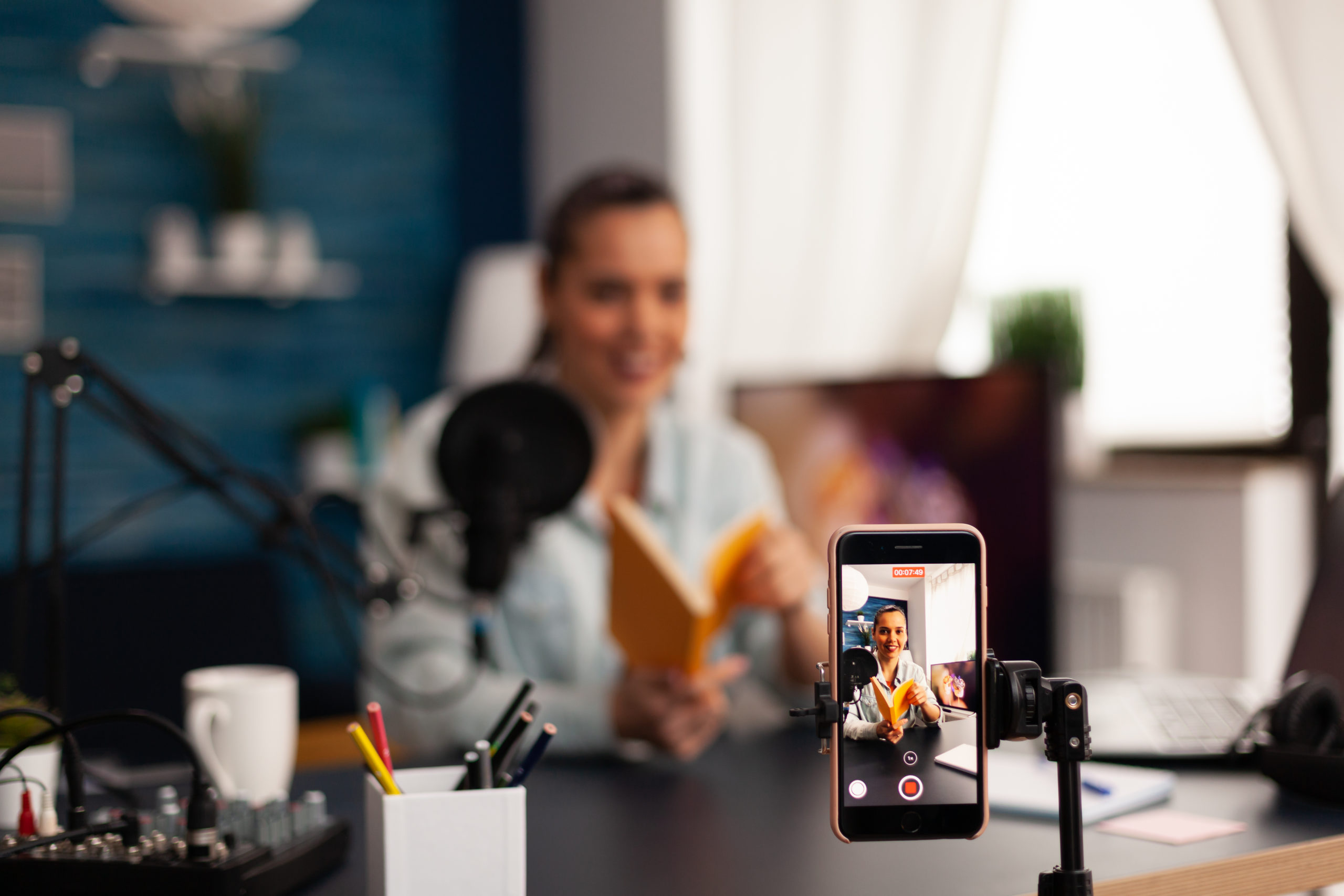
With sincerest apologies to James Cridland for today’s blog post headline, the Buggles may be once again prophetic. After all, they predicted the coming of MTV and the music video revolution. However, it should be known that didn’t kill the “radio star.”
Here we are forty years later, and we once again dust off their tired lyrics to herald perhaps the next content innovation or perhaps evolution:
Video podcasts
And why not? Story after story and reams of research remind us we are saturated with podcasts. There are at least 2.5 million of them, most of them lousy. But still, discovery and standing out above the mediocre pack should be the goal of every podcast producer. With each passing year, it became a greater challenge.
At Podcast Movement last month in Dallas, video podcasts – especially on YouTube – was almost as hot a topic as Ben Shapiro’s surprise appearance.
A recent story in Inside Radio referred to this new phase as an “opportunity to court podcast ‘watchers.'” They quoted a number of experts who welcome the video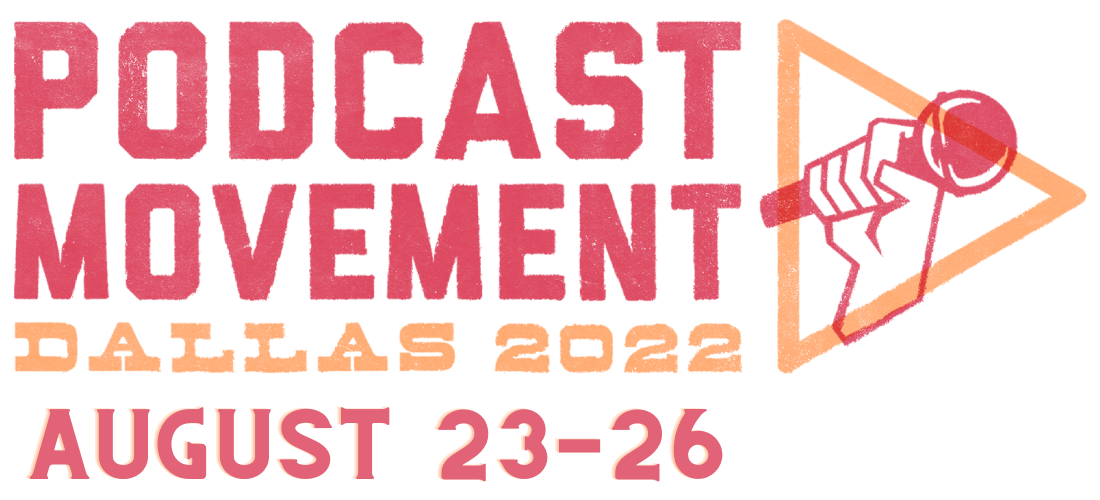 enhancement.
enhancement.
Chris Colbert, CEO of DCUP Entertainment, explained how his company is “making TikTok and YouTube a really big part of our strategy to lead-generate people back to our audio podcast.”
Some producers use video on social media channels to drive ears back to their audio podcasts because that’s where the money is.
Back in 2019, we conducted a live focus group at Podcast Movement for “Stacking Benjamins,” a financially oriented production. The show’s host, Joe Saul-Sehy, has started streaming a live episode on YouTube during this summer. He concedes that even though he considers himself a podcaster first, it is now necessary “to use all different avenues” to market and grow his show.
Yes, and that means video.
Edison data suggests that in Q2 of this year, nearly three-fourths of podcast listeners (72%) now “actively” watched a podcast while listening to it.
 And recently, Pacific Content, a leading podcast production factory, declared “your podcast needs to have a presence on YouTube.” Period.
And recently, Pacific Content, a leading podcast production factory, declared “your podcast needs to have a presence on YouTube.” Period.
They quote a Cumulus/Signal Hill Insights study finding that 10% of all podcast listeners say they only watch the video versions, while nearly six in ten say they simply prefer visual podcasts.
Wasn’t this supposed to be an audio renaissance?
To help fledgling podcasts transform their audio into compelling video, Pacific Content’s Annelise Nielsen recently wrote a how-to story, “What’s a doc-style podcast to do on YouTube: How to support your audio-first show for a video-first audience.” It helpfully lists a half dozen helpful tips, including starting out modestly with video trailers promoting the audio product.
But before long, she believes many podcasters will be recording interviews and conversations on both audio and video. Obviously, simpler podcasts – the-two-people-on-mics format – will make for an easier conversion to a video format. Documentaries and other complex productions are another story.
Of course, we included a question about the viability of video podcasts among the public radio core audience in our recent PRTS 2022 mega-study. Of all broadcast radio listeners, these respondents are most apt to regularly listen to podcasts to begin with. In our study, we asked about interest in and consumption of video versions of favorite podcasts among those who listen to podcasts monthly or more often:
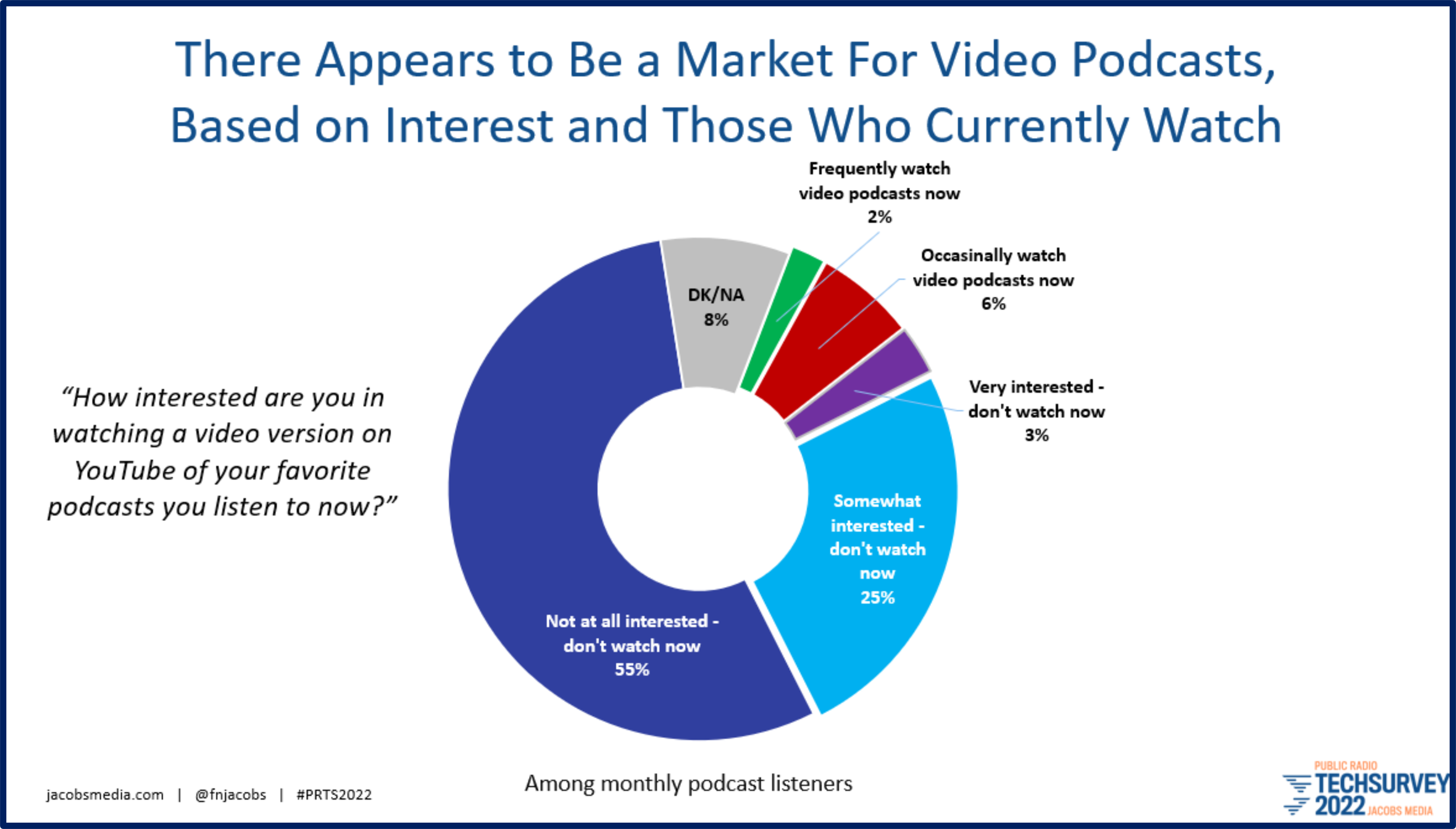
Well more than one-third either watch video podcasts now or are at least interested in doing so. These numbers are lower than those reported by other researchers, but much of that is likely attributable to the older-skewing sample in PRTS. As we know, younger consumers are considerably more interested in video and YouTube is an especially popular platform.
All this suggests the podcast community may be onto something here. However, video versions – even those that simply mix in stills and screen caps – are more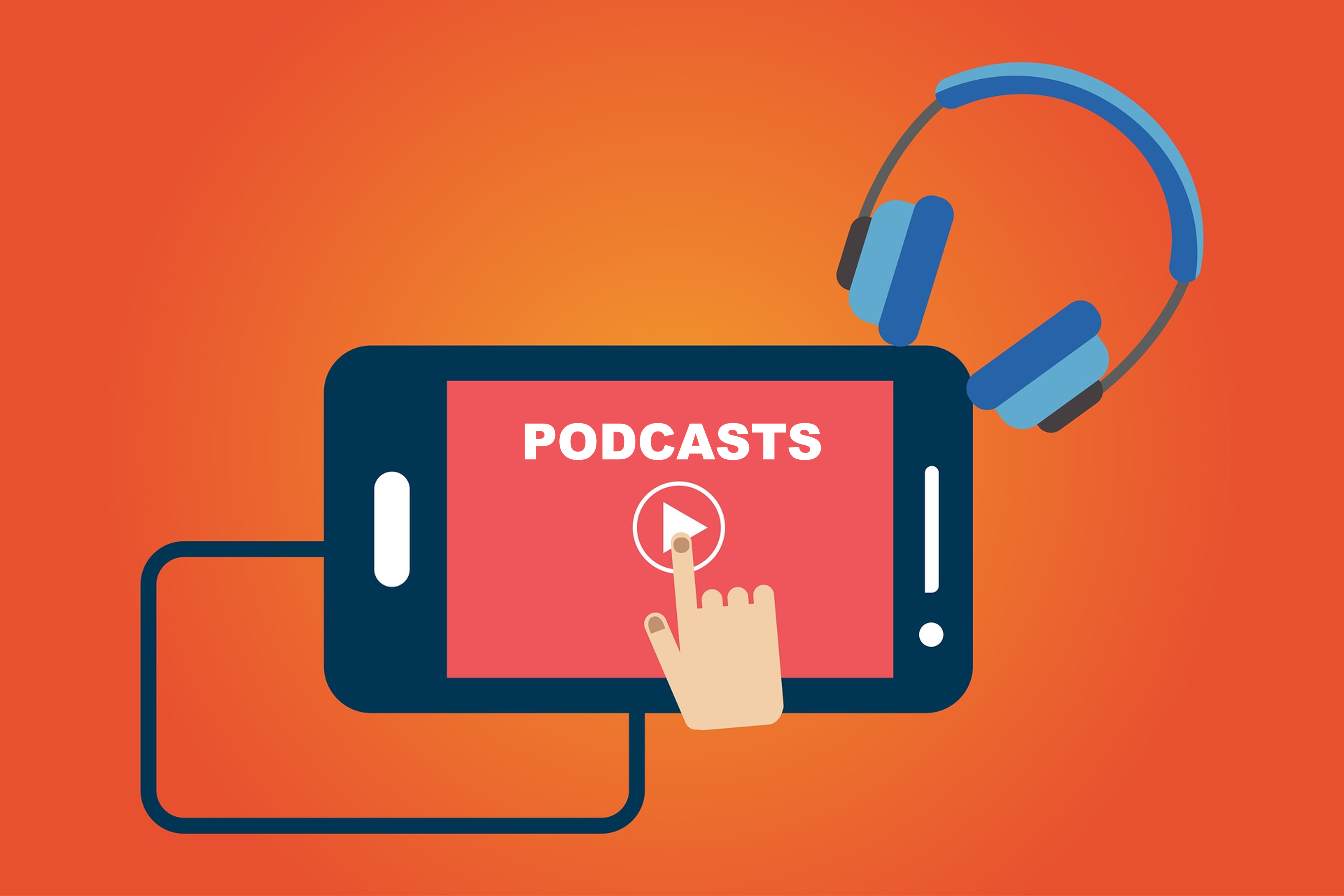 expensive and time-consuming to produce. This will impact the little guys and gals recording their podcasts in their garages, basements, and spare bedrooms. Cranking out episodes will require more time when content is produced on both audio and video formats.
expensive and time-consuming to produce. This will impact the little guys and gals recording their podcasts in their garages, basements, and spare bedrooms. Cranking out episodes will require more time when content is produced on both audio and video formats.
But it will also add to the expense lines for the biggest podcast companies and production houses. And there could be speed bumps with podcast hosts, not all of whom will seamlessly make the adjustment to video. It could turn out to be weirdly reminiscent of the way many silent film stars couldn’t smoothly transition to movies with audio: “talkies.” Will hosts and producers buy-in to the video component?
How all this will translate to podcast downloads, content consumption, sales, and profits remains to be seen. But at least most podcasters recognize the video opportunity, and many seem to be moving aggressively to seize it. Give them credit. They are not married to tradition. After all, the medium is still relatively nascent. There is a lot still to be learned, and many podcasts are embracing video.
But that begs the question, why aren’t broadcast radio programmers and content creators moving down the same path? Are we so married to conventional radio, and those seven deadly words – “The way we’ve always done it” – that we just can’t fathom a different way of doing radio?
 An exception may be iHeartMedia’s CEO of their Digital Media Group, Conal Byrne (pictured). Back in March, he wrote a story for Forbes, “Four Podcast Predictions For 2022.” And his second prognostication was that “podcasters will continue to experiment with digital video for a while – and then realize there’s no immediate need.”
An exception may be iHeartMedia’s CEO of their Digital Media Group, Conal Byrne (pictured). Back in March, he wrote a story for Forbes, “Four Podcast Predictions For 2022.” And his second prognostication was that “podcasters will continue to experiment with digital video for a while – and then realize there’s no immediate need.”
Conal went on to point to the economic efficiency of audio podcasts, while also noting the podcasting medium isn’t broken. So why “fix it” by adding the video component?
That suggests not everyone in the podcasting community is on-board the podcast video bandwagon. But why aren’t radio people even talking about it, researching it, testing it? It’s one thing for the morning show producer to create short TikTok videos. It’s another to televise radio shows. At a time when radio broadcasters could benefit from something new to crow about.
Ironically, the very same corporations that own hundreds of radio stations have invested millions of dollars in their podcasting divisions. And most likely, they’ll jump on this video podcasting bandwagon with both feet. So, why not reinvigorate the radio broadcasting industry by making it visual?
If this sounds like a familiar argument from yours truly…well, it is. I’ve been humming this tune since Don Imus’ WFAN morning show was simulcast on MSNBC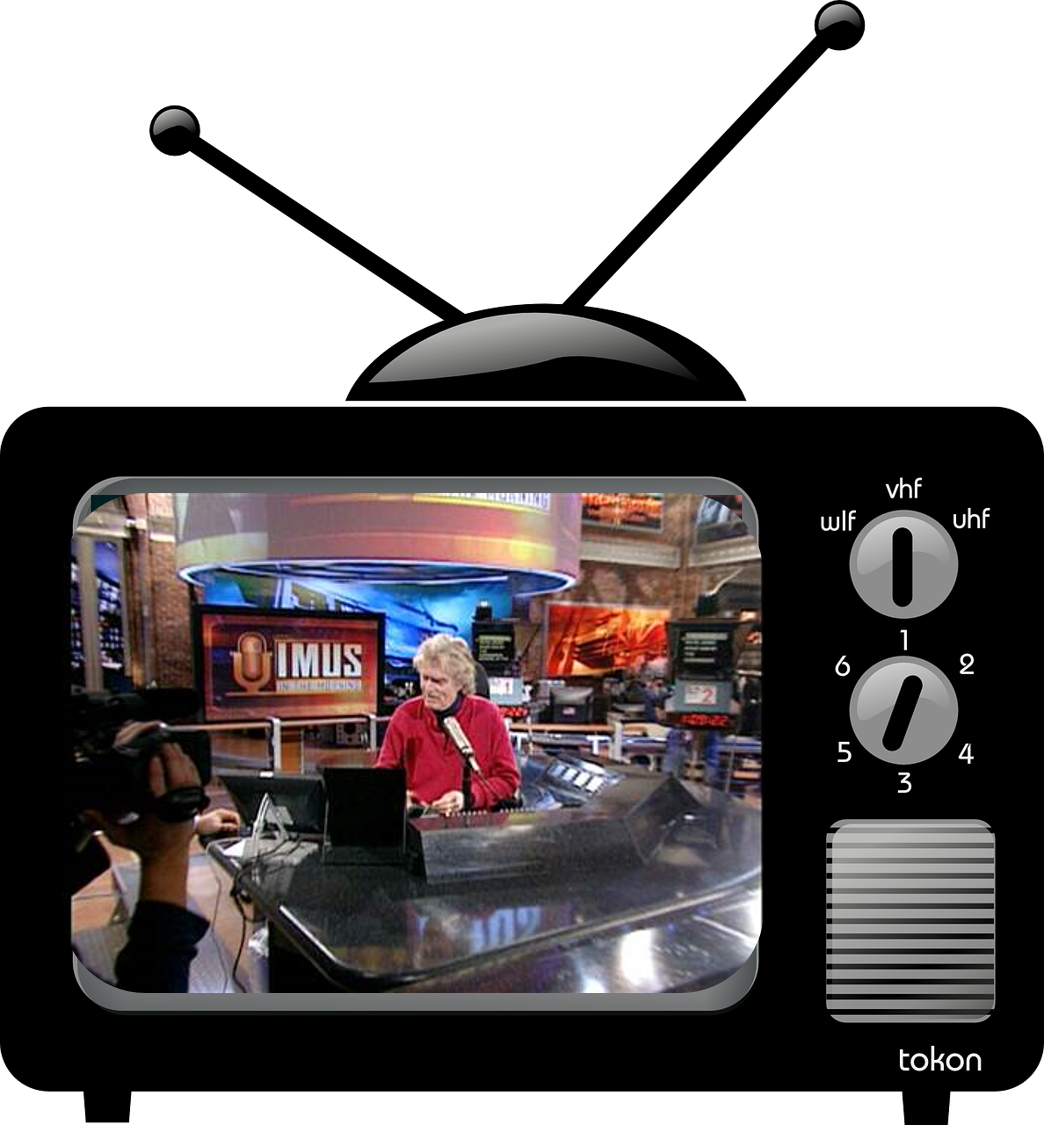 back in the 90s.
back in the 90s.
At first, I thought it was appealing because I’m a radio guy – watching the cast members silently communicate and cue each other, seeing live guests in the studio, and checking on the expressions on Imus’ face.
But video made the show more interesting, not just for people on the inside, but for listeners, too.
Interestingly, the same phenomenon holds true on the Howard Stern Show. Video illuminates the celebrity guests, while Howard and his team have long had an eye on the visual aspects of his content.
Yet, every time I bring it up, especially for America’s best personality shows, budget-conscious managers remind me how expensive it is to purchase cameras, a switcher, and hire a producer.
“Fred, video costs money!”
When you can shoot, edit, and produce video on iPhones, cost is no longer a barrier. Or an excuse.
Then there’s the reaction from talent, especially those who entertain and inform us every morning. Many are incredibly talented people – let’s give them credit where due. But they’re the same people who have become accustomed to schlulmping into work in sweats, unshaven, wearing no makeup.
I would submit that a great show that turns on the cameras – especially if they’re first in their markets to do so – stand a great chance of exciting their audiences. In fact, they just might attract (wait for it…) new listeners. I hear it in focus groups all the time. Listeners want to look backstage, see what their favorite personalities are actually looking and laughing at online, and watch the expressions on their faces.
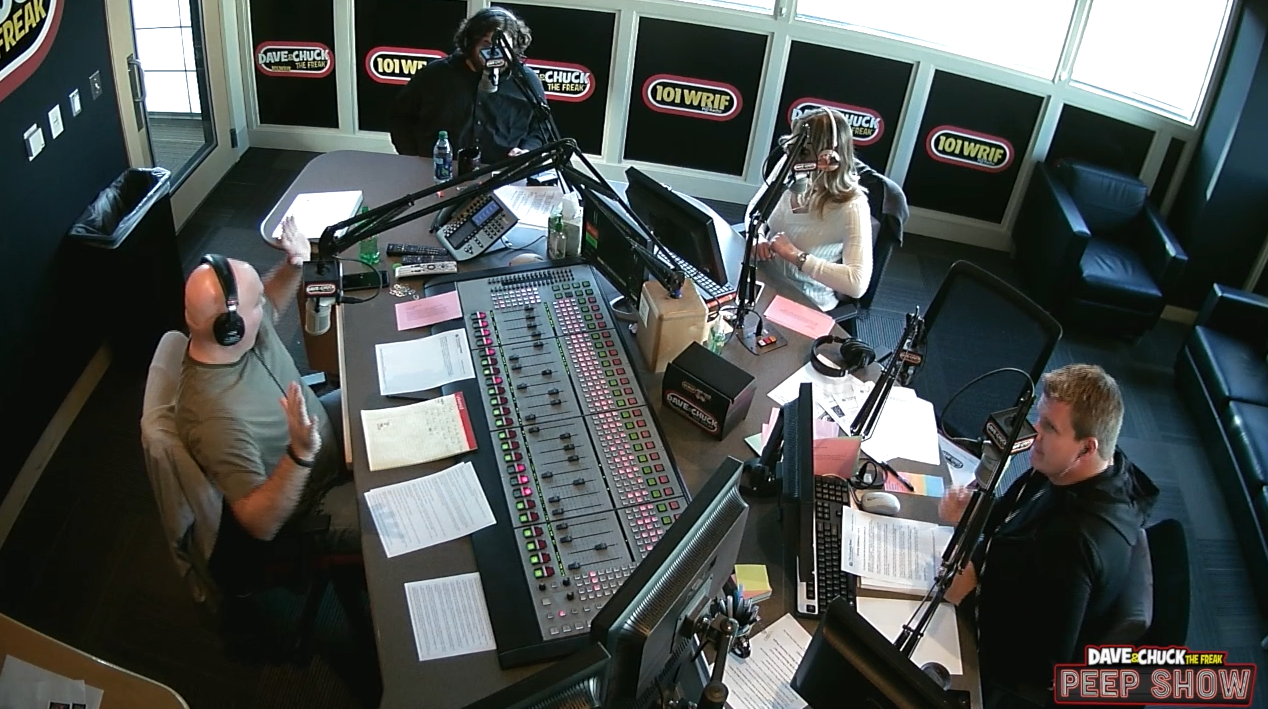 In those nooks and crannies where it’s being done, it works like a charm. Here in Detroit, WRIF’s Dave & Chuck the Freak publish a “Peep Show” video every day (pictured). It started on sister station, WMMR, with the Preston & Steve Show who launched “The Daily Rush” years and years ago.
In those nooks and crannies where it’s being done, it works like a charm. Here in Detroit, WRIF’s Dave & Chuck the Freak publish a “Peep Show” video every day (pictured). It started on sister station, WMMR, with the Preston & Steve Show who launched “The Daily Rush” years and years ago.
These video excerpts generate millions of views. Their voyeuristic, behind-the-scenes looks behind these market-leading shows are wildly popular especially among their legions of fans.
But it’s not just local morning ensembles. The Bob & Tom Show offers a full video version of each day’s show streaming live on YouTube. You can watch in real time if you’re a “V.I.P.” member or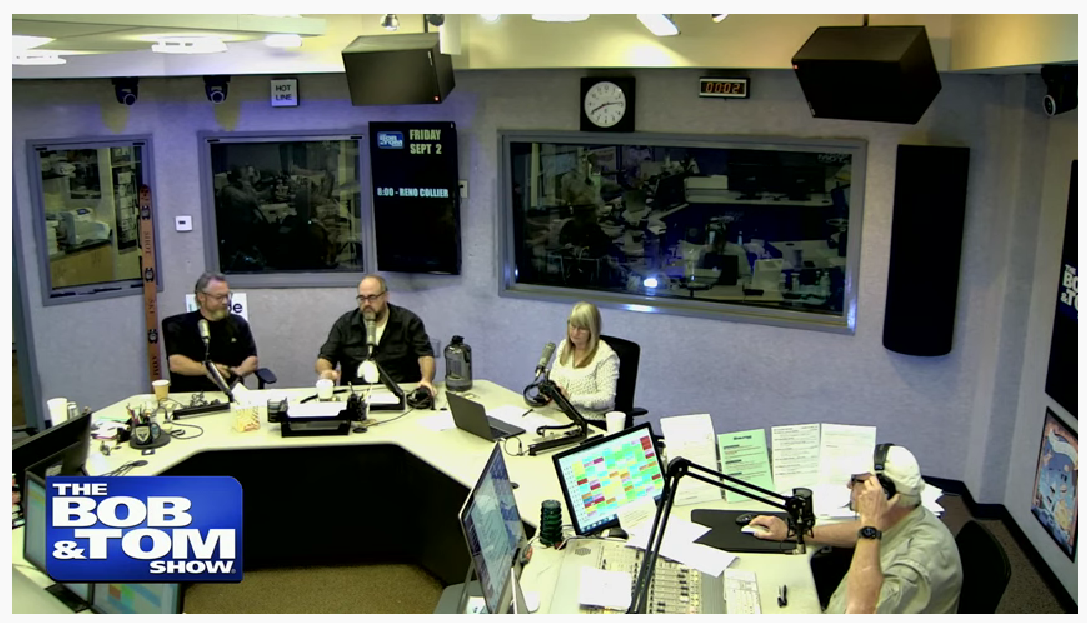 go back and watch a show in the archives.
go back and watch a show in the archives.
But there’s no question their core audience loves getting closer to their favorite show by seeing it every morning. These may be even more the case with large ensemble shows that feature all sorts of guests. Seeing these broadcasts might make it easier to follow along, especially when the conversation heats up or becomes a laugh fest.
Is this the answer? Will it save radio? Can it jumpstart a century-old medium?
That’s doubtful. There’s no silver bullet, of course. But could it help, could it generate buzz, and might it bring new listeners into the fold?
Maybe yes.
And you never know. If it actually worked, I might even start vlogging.
- In Radio, You Just Never Know - April 17, 2025
- The Secret To Making A Great Podcast (And Great Radio) - April 16, 2025
- I Read The (Local) News Today, Oh Boy! - April 15, 2025




Will it work for more music-intensive stations? I’ve tried live streaming my morning show, but music copyright rules prevent me from doing so. What good is a scoped show?
That’s a good question. Some of the photos above look more like The View (with everyone wearing headphones) more than a radio show–just a room of people kicking around the topics of the day. In fact, this is basically what The View and all the other countless panel shows have been doing for decades–without radio. It’d sure be nice if radio could do something different, something that really stood out. Personally, I’d love it if the copyright rules could be worked out to allow for a music show to be video streamed. Maybe, like Fred said above, the appeal is because I’m a “radio guy,” but I’d love to watch a real radio professional do what he or she does–and then go comb my hair or pour my cereal while enjoying the music! Hope that can be worked out someday, Chris. I’ll tune in!
The rights are tricky, Chris (says a non-lawyer). Obviously, the fewer songs a show plays, the better.
My last project in Colombia was La Kalle, an FM radio station that simultaneously broadcasts its music intensive signal on open digital television (TDT).
The studio is similar to that of a television studio, with special lighting, background for the use of chroma-key and a television switcher, among other elements.
In addition, the hosts were specially trained to know how to speak in front of a camera, and they always have make-up assistants and special costumes designed for television, although from the beginning the decision was to give greater importance to radio content than to video.
Since then, La Kalle has remained in the Top 5 of Bogotá, a city of 9 million inhabitants.
When the music sounds on the radio you can see its video on TV, but both radio and TV versions have their own audio versions, which represents a real challenge because the audios are different both in sound and in lenght.
For example, there are concept videos with long intros or that have love or action scenes in the middle of the song, so it is a difficult task to make both the radio and TV versions the same length. The decision we took was to edit the video versions to match the radio versions.
But the main problem is that of streaming rights. The original idea was to broadcast live on YouTube, Facebook or Instagram Live, but it was impossible to negotiate those rights.
Much of the station’s success is its Morning Show, which is planned to be funny on the radio but must also be engaging and humorous on television.
What is clear is that to achieve something similar it is necessary to have a large production budget.
If you don’t have enough funds, it’s best not to try this approach. There is nothing more boring than seeing a disc jockey or 4 presenters sitting at a table, each one checking their cell phones, drinking coffee or reviewing their scripts while the music plays or they talk to an interviewee…